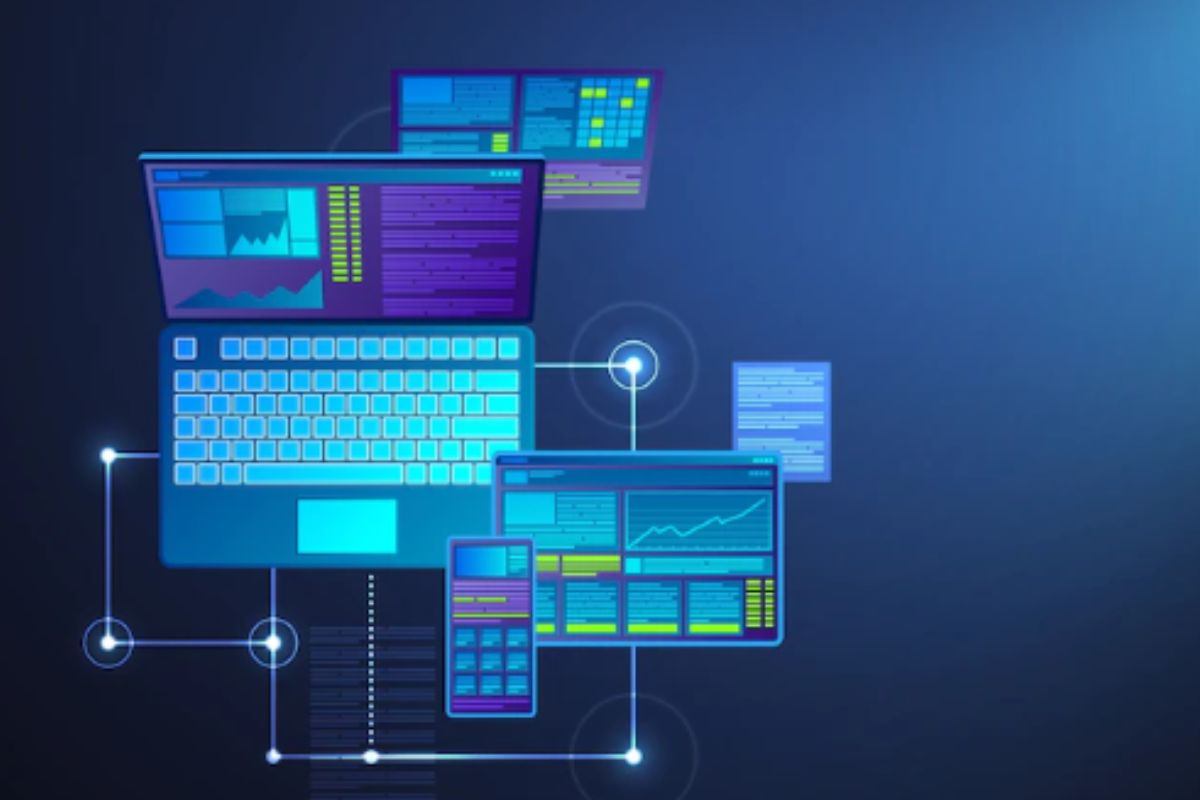A Beginners Guide to Cloud Computing

What is Cloud Computing?
A “Cloud” is just a term for a group of computers that work together to run programs and apps that don’t run on a local machine but are connected to servers. One way to analyze cloud computing is as a Virtual Hosting Solution. It is a system in which software, data storage, and processing power are provided from a remote location that is not centralized. All information files and application programs are stored on a global network of remote data centers. This makes it simpler for people to share and work together, no matter where they are or what device they use to connect.
In simple terms, cloud computing is the service of computing resources over the Internet. These resources can be servers, databases, software, networking, analytics, or intelligence. Don’t miss out on online cloud computing courses if cloud computing interests you.
Different Ways to Use the Cloud
There are different ways to do cloud computing; not all of them work for everyone. Depending on the type of business, various models, types, and services have come about. To get the most out of your cloud services, you need to figure out your cloud computing architecture.
Types of Cloud Service Deployment
There are four different ways that cloud services can be set up. These are:
1. Public Cloud
Third-party cloud service providers own these. Their computer resources, like the server and storage, are sent to them over the Internet. In this case, the cloud provider holds all the hardware, software, and supporting infrastructure. You can use a web browser to access these services and take care of your account. It uses a “pay as you go” pricing model and a “multi-tenant architecture.” AWS, MS Azure, and Google Cloud Platform are the best public cloud providers.
2. Private Cloud
This means the cloud computing resources that only one business or organization uses. You can set a private cloud in the data center of any organization. It uses a single-tenant architecture with hardware on-site and direct control of the cloud infrastructure underneath.
A private network is used to keep track of the cloud’s services and infrastructure. HPE, VMware, Dell EMC, IBM, Red Hat, Microsoft, and OpenStack are the best providers of private clouds.
3. Hybrid Cloud
Hybrid clouds, as the name reckons, are a mix of third-party, public fog, and private clouds on-site. Here, you can move data and apps between public and private clouds. A hybrid cloud gives businesses more freedom, more options for deployment, and better use of their existing infrastructure, security, and compliance. It can use public and private cloud environments and “burst” into the cloud.
4. Multi-Cloud
Multi-clouds are similar to hybrid clouds in that they can be a mixture of public and private clouds. However, the main difference between them is that, unlike hybrid clouds, the workloads on each may be kept totally separate and not integrated with each other. With this, businesses can, amongst other things, take advantage of the best offerings from the various cloud providers and give themselves options when it comes to disaster recovery. F5’s multi-cloud network architecture glossary goes into multi-clouds in greater detail for those who wish to learn more about this particular type of cloud service.
Conclusion
Multi-cloud strategies, low-code solutions, and no-code solutions will continue to make in-house programming more accessible and faster. They will also make it possible to build apps without having to hire a large number of programmers. Soon, it’s likely that all big and small businesses will use public, private, or hybrid clouds as part of their business processes, so you should start your cloud computing training today.




